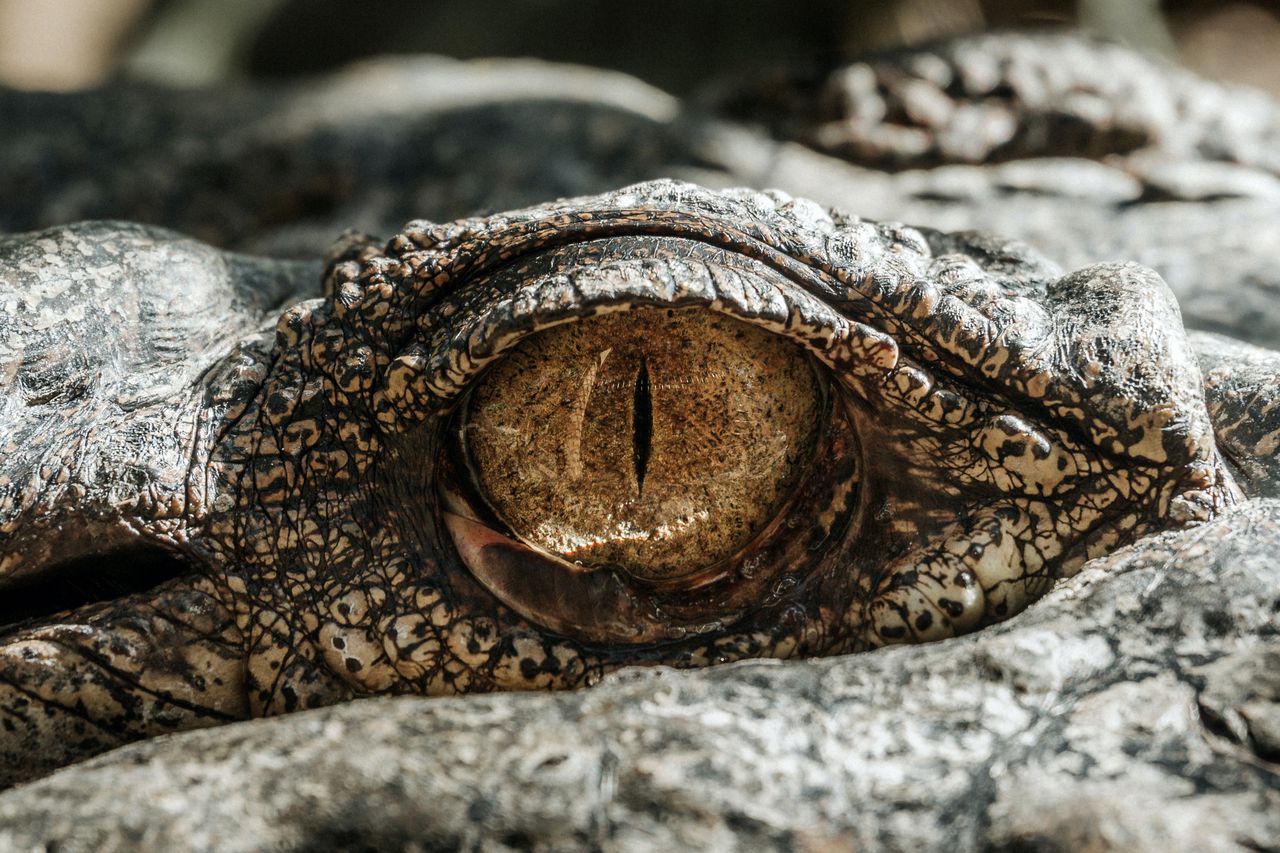Woman photographs alligator cannibalism in Florida swamp: ‘He folded his victim like a lawn chair’
A woman intent on photographing one of Florida’s “golden” sunsets got more than she bargained for when she found a nearby alligator engaging in cannibalism.
It happened March 6 at Orlando Wetlands Park, and wildlife photographer Barbara D’Angelo says the gator’s timing was comically perfect.
She was facing west at dusk, camera at the ready, when there came “a huge splash” 10 feet behind her.
“Turning around I saw an alligator with something dark in his mouth,” D’Angelo told McClatchy News.
“I’ve got pictures of alligators eating ducks, so that was my first thought. Being a wildlife photographer for seven years brought the camera to my eye. I just started shooting.”
She realized the 8-foot alligator was chewing on a smaller alligator.
More than just chewing, it was also whipping and slamming its prey against the water.
Each time, bones cracked in the smaller alligator.
“He was snapping his prey’s neck with the first slam. The others were to crush bones and pulverize it. All like snap, snap, crack!” D’Angelo said.
“That gator never took his eyes off me. … I stood there like a tree hoping he didn’t think I was a threat. When he was done crushing his victim, it was folded in thirds. That gator knew what he was doing. … He folded his victim like a lawn chair.”
It took the “bull alligator” just two minutes to reduce the 3-foot-long juvenile gator into something that could be easily chewed, she said.
Alligators are known to be “opportunistic feeders,” which means the younger gator may have been dead when the adult alligator found it.
Adults typically prey on “fish, snakes, turtles, small mammals, and birds,” according to the Florida Fish and Wildlife Conservation Commission.
However, cannibalism is also an option, with elder alligators choosing to eat the young. One study found “6 percent to 7 percent of young alligators fall victim to the cruel fate of cannibalism,” Live Science reports.
“Even the seemingly low rate of juvenile mortality attributed to cannibalism reported here may be an important factor in population regulation,” researchers from the Florida Fish and Wildlife Conservation Commission reported in 2011.
D’Angelo calls wildlife photography a post-retirement hobby. She shared several of her gator images on Facebook groups for Orlando Wetlands Park and Women in Wildlife Photography, where they have gotten hundreds of reactions and comments.
“Amazing and scary. I didn’t know they ate other gators,” Diane Counley wrote on Facebook.
“This is why they have outlived so many species,” Anna Pepper posted.
“Wow. Not intimidated by your presence at all!” Denise Rouley said.
Orlando Wetlands Park, which covers 1,650 acres, is “a man-made wetland designed to provide advanced treatment for reclaimed water from the City of Orlando and other local cities.”
©2023 The Charlotte Observer. Visit charlotteobserver.com. Distributed by Tribune Content Agency, LLC.
